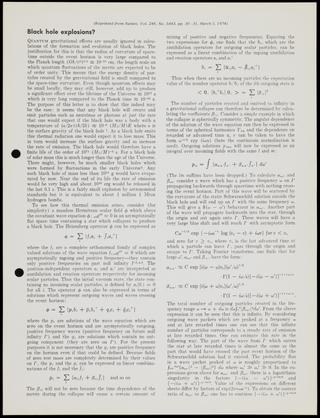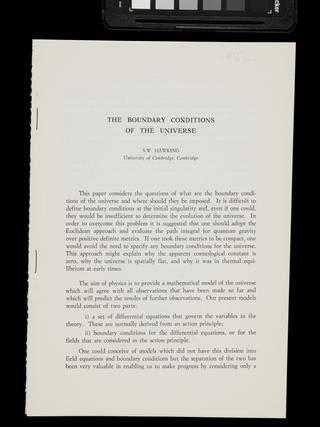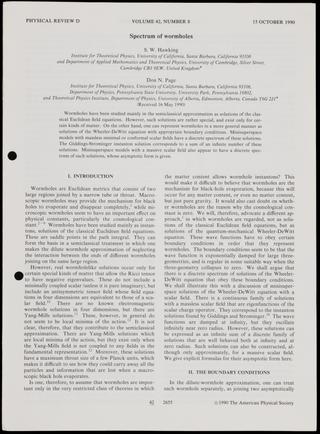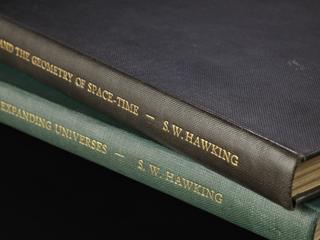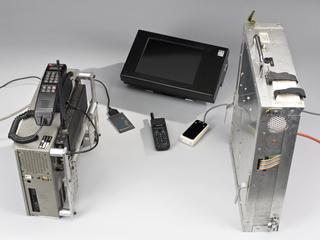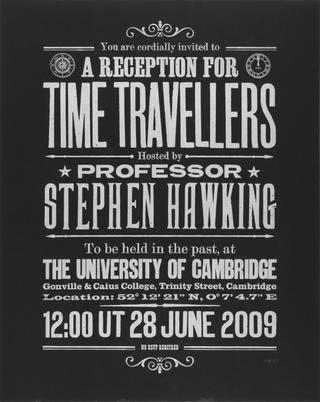
Self-published book by amateur physicist claiming ball lightning as key to the 'Theory of Everything'
- Made:
- 2004 in United States
- maker:
- Paul Snigier






Sagan, P., Ball lightning : paradox of physics, iUniverse, Inc., 2004. "From P. Snigier" post-it note on half-title page. A tissue was found inserted in pages 40-41.
This is a self-published book by the amateur scientist Paul Snigier documenting many examples of ball lightning, claming that they defy contemporary physics, and theorizing how they may provide the key to a final Theory of Everything. A post-it note indicates it was given (sent?) to Hawking by the author Paul Snigier, although in the book he uses the pseudonym Paul Sagan (likely inspired by the scientist Carl Sagan).
Hawking held a few examples of discredited amateur science on his bookshelves. He likely received many, many more than were ultimately kept in the office.
Stephen Hawking's office contained more than 300 books, all located on the bookshelves above the kitchen counter. They date as early as his student years, and the bulk corresponds to his long professional career from the 1960s to the 2010s. From the 1990s onwards Stephen would have used digital versions increasingly, so the books in his bookcases were a select subset. While some items are rare copies -like the dissertations he advised or book drafts- most of the library contents are rather standard prints. The majority contain significant individual marks, and even for those that do not, the connection to Hawking is evident. Books by friends and colleagues often contain inscriptions and inserts that evidence their relationship. Others remind of places he visited, conferences he attended, or relate to having become a celebrity and inspiration throughout the world. Of the books that he authored, there are usually multiple versions, translations, and occasionally draft versions. A good portion of the books also contain inserts such as notes by the authors or editors, receipts, and occasionally unrelated material that found its way into them around the time of their acquisition. A portion of them has also been bookmarked with post-its by Stephen's assistants pointing to the sections most relevant to show visitors.
Details
- Category:
- Stephen Hawking Office
- Collection:
- Stephen Hawking’s Office
- Object Number:
- 2021-561/255
- Materials:
- paper (fibre product)
- Measurements:
-
overall: 229 mm x 150 mm x 30 mm, .79 kg
- type:
- book
- credit:
- Accepted in lieu of Inheritance Tax by H M Government from the Estate of Stephen Hawking and allocated to the Science Museum, 2021
